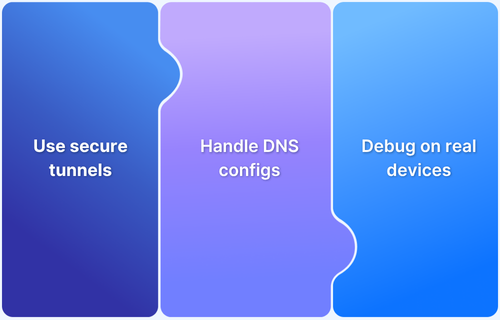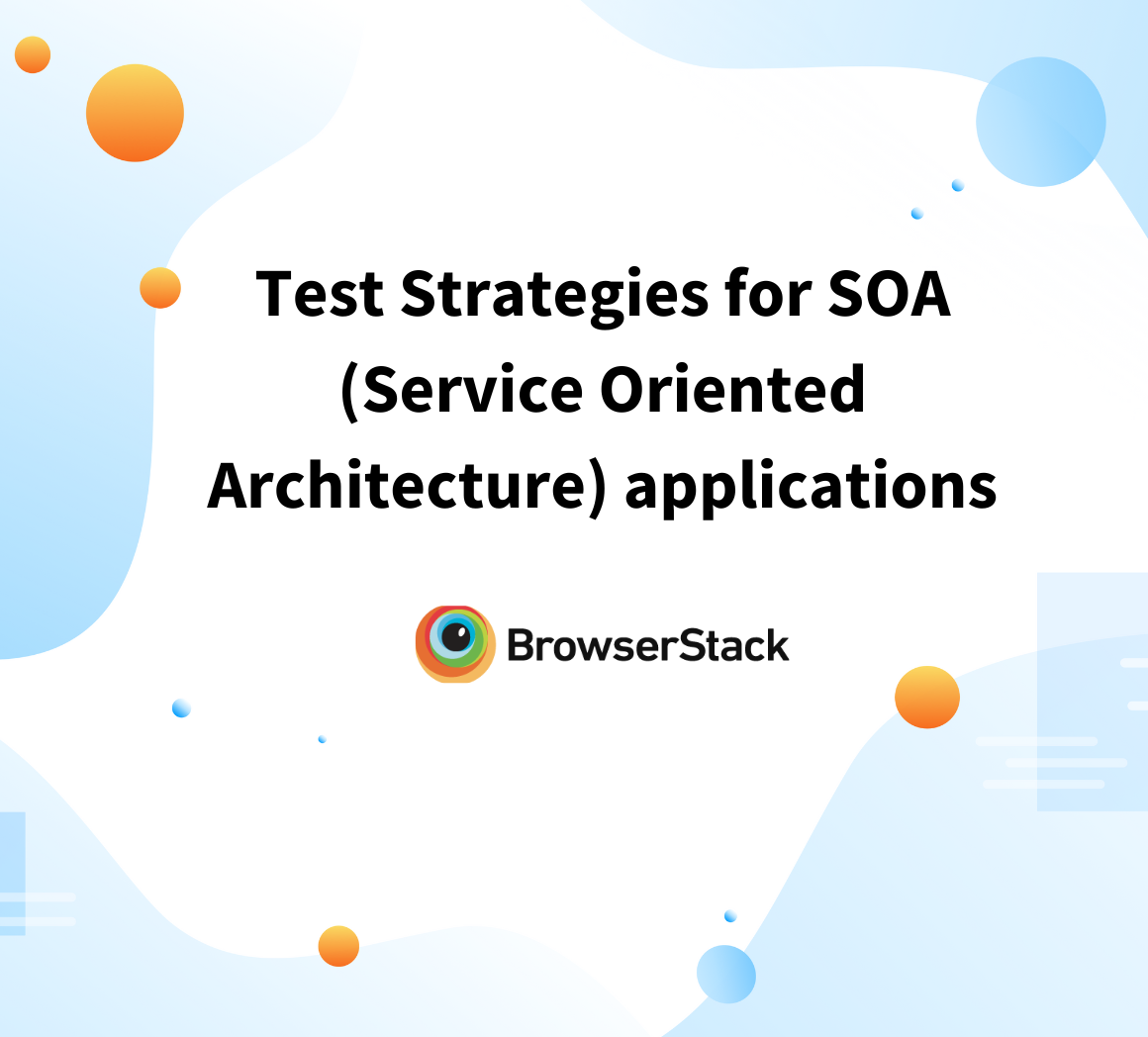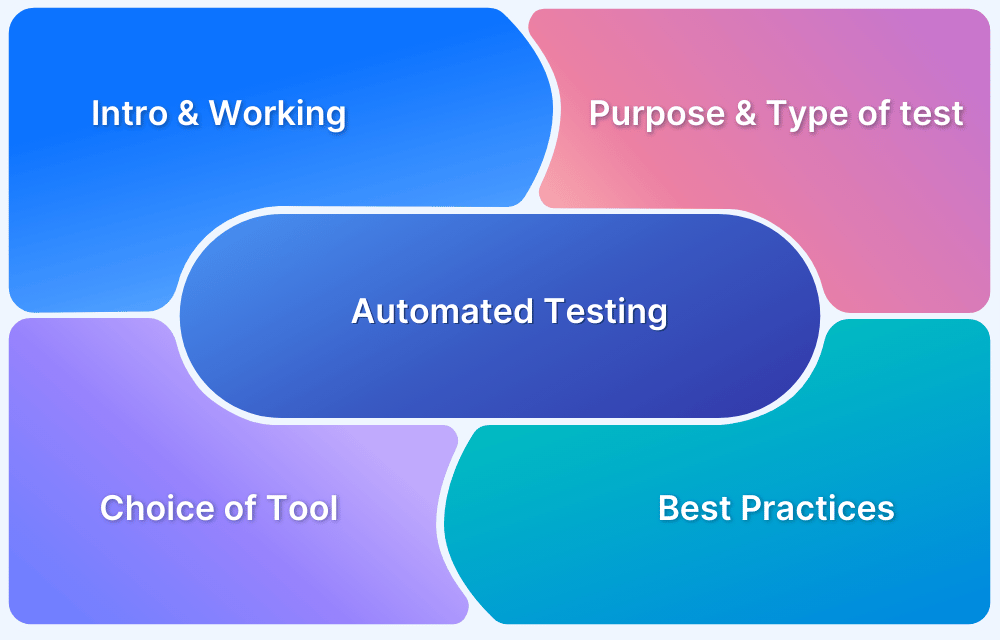Still running the same regression suite on systems that break after every update? Legacy applications often carry years of fixes, integrations, and fragile dependencies that make testing slow and unpredictable. Every cycle takes longer, automation tools struggle to fit, and even small changes can affect core business logic.
Test automation helps bring stability to that setup. It lets teams validate critical workflows faster, minimize manual effort, and catch issues that surface only under real conditions. Over time, it replaces firefighting with confidence and consistency.
This article explains how to plan and implement automation in legacy environments, the tools that fit best, and the practices that keep tests stable without disrupting daily operations.
What are Legacy Applications?
Legacy applications are older software systems that remain in active use despite being built on outdated technologies, architectures, or platforms. They often continue to support mission-critical business processes, especially in industries like banking, insurance, healthcare, and government, where replacing or modernizing these systems is costly and risky.
Key characteristics of legacy applications include:
- Outdated technology stacks: Built on old programming languages (e.g., COBOL, Fortran, VB6) or obsolete frameworks.
- Limited vendor support: The original developers or vendors may no longer maintain the platform.
- Complex architectures: Highly interdependent modules and integrations that make upgrades difficult.
- Poor or missing documentation: Lack of updated records on system logic or workflows.
- High operational risk: Any changes or disruptions can impact critical business functions.
- Difficulty in integration: Struggles to connect seamlessly with modern applications, APIs, or cloud services.
What is Test Automation for Legacy Systems?
Test automation for legacy systems refers to applying modern testing frameworks, scripts, and tools to validate the functionality, performance, and security of older software systems. These applications may lack modern APIs, documentation, or modular architectures, making automation more complex.
Automation in this context often requires workarounds such as simulating user inputs, leveraging UI automation tools, or introducing wrappers and adapters that bridge the gap between old codebases and modern testing frameworks.
Why Automate Testing in Legacy Environments?
Manual testing in legacy systems is often inefficient and error-prone. Automation delivers several advantages:
- Consistency: Automated scripts ensure repeatable and accurate testing of critical workflows.
- Efficiency: Reduces the time required to test large, complex systems.
- Risk reduction: Identifies defects early and prevents regression failures in business-critical processes.
- Cost savings: Lowers long-term maintenance costs compared to repeated manual testing.
- Scalability: Supports continuous integration with new systems without overwhelming QA teams.
Where to Begin with Automating Legacy Systems?
Starting points for legacy test automation depend on system complexity and business priorities:
- Identify critical workflows: Automate high-risk areas such as payments, order processing, or patient records.
- Analyze technical feasibility: Assess whether APIs, GUIs, or other interfaces are accessible for automation.
- Choose suitable tools: Match automation tools to legacy environments (e.g., terminal-based apps, mainframes, or client-server systems).
- Start small: Begin with a pilot project before scaling automation efforts.
When to Implement Test Automation in Legacy Projects?
Timing is crucial to maximize the benefits of automation:
- Before modernization efforts: Automating regression tests helps validate that functionality remains intact when systems are upgraded.
- During integration: When legacy systems interact with modern platforms, automated tests ensure compatibility.
- Pre-release cycles: Automating test runs reduces the time and effort required for release readiness.
- Ongoing maintenance: Continuous automation ensures stability as systems evolve incrementally.
Tools and Techniques for Legacy Test Automation
Here are some of the top tools to consider for testing legacy applications:
BrowserStack Automate
Cloud-based platform for testing web and mobile apps on 3500+ real devices and browsers. It eliminates the need for in-house labs while ensuring real-world accuracy.
Features:
- Access to real devices and browsers across OS versions
- Parallel execution for faster testing cycles
- Seamless CI/CD integration with Jenkins, GitHub Actions, and CircleCI
- Debugging with screenshots, logs, and video recordings
- Scalable infrastructure to support enterprise workloads
Selenium
Open-source automation framework widely used for browser-based legacy applications.
Features:
- Multi-language support (Java, Python, C#, etc.)
- Cross-browser compatibility (Chrome, Firefox, Safari, Edge)
- Strong community ecosystem with plugins and libraries
- Integration with CI/CD pipelines and testing frameworks
Appium
Open-source tool for automating legacy mobile applications, including hybrid and native apps.
Features:
- Automates Android and iOS apps with a single API
- Supports gestures like taps, swipes, and pinches
- Compatible with Selenium WebDriver libraries
- Cross-platform test execution across devices and OS versions
HPE UFT (Unified Functional Testing)
A commercial tool designed for enterprise-grade legacy systems, including desktop and client-server applications.
Features:
- Record-and-playback capabilities for fast script creation
- Broad protocol support for enterprise systems
- Integration with ALM tools for test management
- Scriptless testing for easier adoption
TestComplete
A GUI-based test automation tool suited for older desktop and web apps.
Features:
- Scriptless, keyword-driven test creation
- Support for multiple scripting languages (Python, VBScript, JavaScript)
- Object recognition for legacy UIs
- Integration with CI/CD and version control tools
Terminal Emulators & Custom Scripts
Used for automating mainframes or terminal-based legacy applications where modern APIs are unavailable.
Features:
- Automates keystrokes and command inputs
- Simulates screen navigation in terminal-based UIs
- Custom scripting for handling unique workflows
- Lightweight setup for systems with limited modern support
Challenges in Automating Testing of Legacy Systems
Despite tool availability, teams encounter significant challenges:
- Lack of documentation: Many legacy systems were built decades ago, leaving little or outdated documentation for testers.
- Outdated technology stacks: Older programming languages, frameworks, or platforms may not integrate easily with modern testing tools.
- Complex dependencies: Legacy apps often depend on interconnected modules or third-party services that are hard to replicate in test environments.
- Limited testability: Absence of APIs or modular architecture makes automation difficult, forcing reliance on UI-level testing.
- High maintenance costs: Test scripts break frequently due to fragile system architectures and require constant updates.
- Environment setup issues: Replicating production-like environments for legacy systems can be resource-intensive and complex.
- Data sensitivity and compliance: Many legacy systems handle critical data (banking, healthcare), making test data management challenging.
- Performance constraints: Older systems may not handle heavy automated loads, leading to crashes or skewed results.
- Cultural resistance: Stakeholders or teams may be reluctant to change long-standing manual testing processes.
Read More: Overcoming Challenges of Local Testing
Best Practices for Maintaining Automated Tests in Legacy Systems
Sustaining test automation for legacy systems requires disciplined practices:
- Modularize scripts: Create reusable components for common workflows.
- Use version control: Track and manage test script changes.
- Prioritize regression tests: Focus on business-critical workflows first.
- Leverage cloud platforms: Offload infrastructure needs to cloud providers like BrowserStack.
- Document thoroughly: Maintain updated documentation to address knowledge gaps.
- Monitor continuously: Use dashboards and analytics to track script reliability and system health.
Get Expert QA Guidance Today
Schedule a call with BrowserStack QA specialists to discuss your testing challenges, automation strategies, and tool integrations. Gain actionable insights tailored to your projects and ensure faster, more reliable software delivery.
Why Test Legacy Systems on Real Devices?
Legacy systems were often built before today’s diversity of devices, browsers, and operating systems. Yet many of these systems are now accessed through modern interfaces—such as web browsers on desktops, mobile apps, or integrated third-party platforms.
Testing only on emulators or outdated setups risks overlooking compatibility and performance issues that users may encounter in real-world conditions.
Key reasons to test legacy systems on real devices include:
- Authentic user conditions: Validates how legacy applications behave on actual devices and browsers rather than simulated environments.
- Cross-platform assurance: Ensures compatibility with modern browsers, OS versions, and mobile platforms.
- Performance accuracy: Captures true metrics like page load times, responsiveness, and input delays.
- Error detection: Identifies issues such as rendering bugs, layout mismatches, or device-specific crashes.
- Integration validation: Confirms that legacy systems work seamlessly when interacting with modern applications or APIs.
- Reduced risk: Minimizes unexpected failures in production by mirroring real-world usage scenarios.
BrowserStack Automate provides on-demand access to 20,000+ real devices and browsers, enabling teams to validate legacy systems against modern environments without building or maintaining physical labs. This ensures both backward compatibility and future readiness.
Conclusion
Legacy systems continue to power mission-critical operations across industries, but testing them manually is inefficient and risky. By adopting test automation, organizations can reduce costs, improve coverage, and ensure the reliability of these older applications even as they evolve.
With the right tools, best practices, and real-device testing via platforms like BrowserStack Automate, enterprises can future-proof their legacy systems, maintaining stability while enabling modernization and integration with newer technologies.






